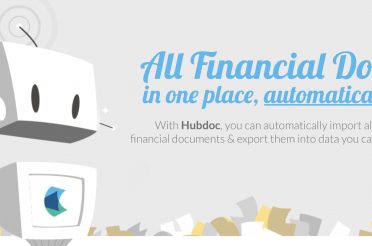 When you think about your business’ financial numbers, you probably don’t think about “design” at all — after all, accounting categories, financial statements, and taxes are all driven by technical definitions, industry standards, and format compliance. Or are they?
When you think about your business’ financial numbers, you probably don’t think about “design” at all — after all, accounting categories, financial statements, and taxes are all driven by technical definitions, industry standards, and format compliance. Or are they?
While all those things are true at the surface, we believe that “design” should actually be at the heart of your financial engine room. And our unique design method takes the approach that the highest and first goal of any financial design, is to help you, the entrepreneur, master the flows of your enterprise. Bad financial design obfuscates, complicates, and frustrates. Good financial design simplifies, reveals, and enables. When done properly, it creates a strategic advantage for your company, and helps propel its, and your, future.
What does “good design” look like in real life?
Good design saves time
Having a place for everything, and everything in its place is just the start, but it’s important. Clear category descriptions that are thought-out, customized to your business, and reflect your strategy (not tax forms) are a good first step. Then there’s the selection and integration of software that fits your business, and will automate as many information flows as possible. Having simple-to-follow processes that standardize transactions, prevents you from having to figure out repetitive situations anew each time. And even basic defined monthly and year-end routines, mean that you don’t have to keep losing ground patching holes or worse yet, making business decisions from faulty data. Each one of these pieces means your financial systems aren’t a dead weight, creating drag on the speed of your business’ operation, but instead are keeping pace, and even enabling business to happen in real-time.
Good design provides insight
Data for data’s sake is worthless: pages of numbers in coded language that don’t feel like they have any connection to what’s happening day-in and day-out in your business, aren’t doing you any good. And while every entrepreneur has that gut feeling on how things are going, the real proof is in the pudding, if you could just taste it. Good financial design enables the necessary feedback loop which informs you whether the changes and direction of your company are working, or not. Without this critical insight, it may be too late by the time you realize your company is off track. Transparency of results reveal movements, distilled information limits focus to only what’s important, and a simple visual approach provides the clear picture to steer your enterprise.
Good design propels future
With good financial design, you not only get a solid read on your past, but you can use that same framework to plan and predict your future. Your business is evolving, and a good financial system will provide you the means to forecast forward, compare scenarios, find breakpoints, and weigh probabilities as you make decisions. These don’t have to be (and shouldn’t be) something you only roughly have in your head — when you can see the results of different decisions in black-and-white before you make them, you are better equipped to know what direction to head. And with that, you are better able to reach the destination you imagined.
What’s your next move?
- If you’re looking to save time: consider things like streamlining your Chart of Accounts using categories that match your business model, migrating to an online accounting software like Xero, using cloud-based apps like Bill.com that automate invoice/bill payments, drafting a financial process guidebook for your team, or following a simple routine of financial checkups on your systems.
- If you’re looking to gain insight: ask yourself things like what makes your business tick, design simple dashboard read-outs, and automate the financial reports you’ll look at monthly to keep your pulse on how things are going.
- If you’re looking to propel your future: focus on items like breaking down your business’ financial patterns, programming them into an online automated forecasting tool, calculating and set aside your taxes proactively, and comparing future scenarios to know what your next initiative should be.
If you’d like help, don’t hesitate to reach out to our Financial Design Team and leverage off the unique tools we’ve developed in our Lab like the Economic Design Method™, the Elements Foundation™, the Progress Profile™, and more, not to mention the cloud apps we regularly use like Xero, online payroll, online forecasting, and more: We’re in the business of helping entrepreneurs achieve the design, that accelerates their business’ future.







